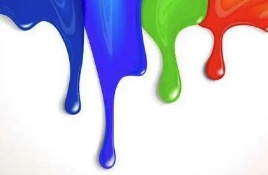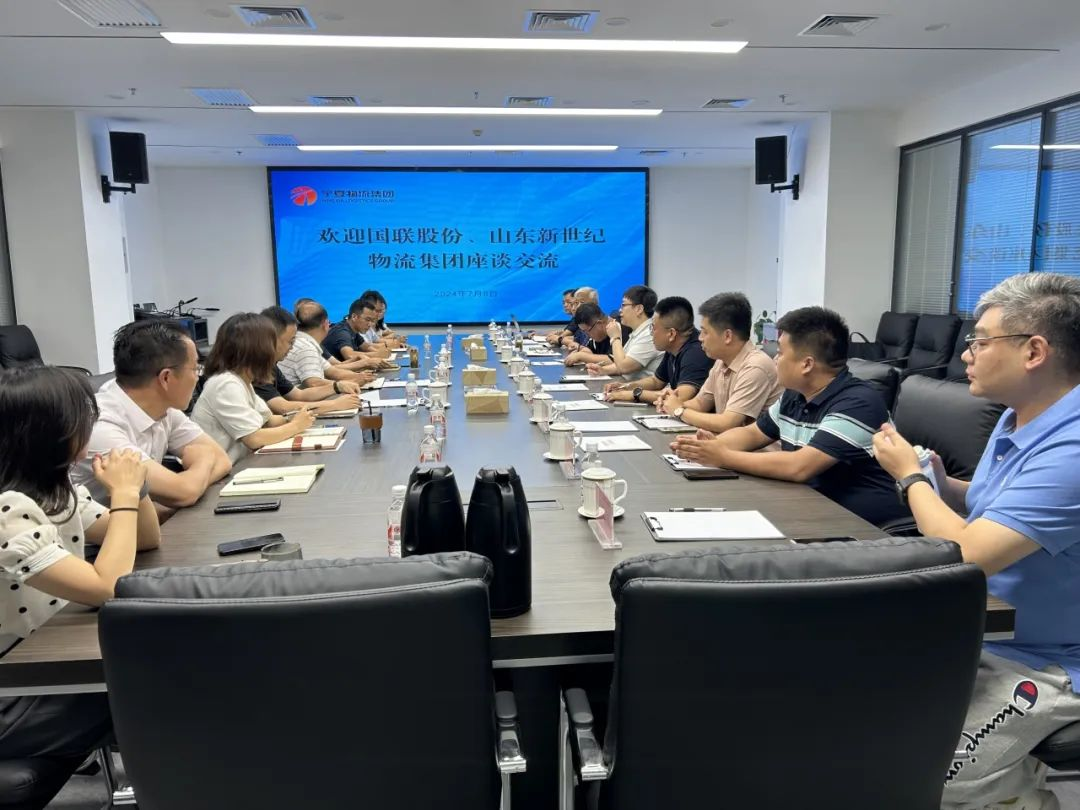Organic Pigments and Inorganic Pigments
May 29, 2024, 11:58 AM
5942
Brief Introduction of Organic Pigments and Inorganic Pigments
Pigments are substances that impart color to objects. Pigments are often divided into inorganic pigments and organic pigments. Pigments can be divided into organic pigments and inorganic pigments from the structure. Inorganic pigments are usually metal oxides, sulfides and sulfates, salts such as chromates, molybdates, and carbon blacks. Pigments of this type are insoluble in common solvents and plastics, and their thermal and light stability is generally better than that of organic pigments. Titanium dioxide and carbon black are two very important inorganic pigments used in the coloring of plastics.

Inorganic Pigments
The production of inorganic pigments has a long history. Humans have been using inorganic pigments for a long time. In prehistoric times, black smoke, chalk, colored soil, and natural iron oxides have been used as pigments. From 3000 BC to 2000 BC, the production method of lead white has been mastered. Around 200 BC, China used artificial refining of silver vermillion (HgS) as a pigment. In 1704, German Diesbach invented the color pigment Prussian blue [a kind of dark blue pigment, the main component Fe4[Fe(CN)6]3·xH2O] manufacturing method. In 1809, French L.-N. Walkerland made chrome yellow, in 1831 French I.B. Guimet built a factory near Lyon to produce ultramarine, and in 1874, the Widnes factory of the British Austen Zinc White Company produced zinc barium white. In 1916, titanium composite pigments (containing TiO225%) and pure titanium dioxide (titanium dioxide) were put into production in 1923, which made a big step forward in the production of pigments. Since then, titanium dioxide has replaced most white pigments with its excellent performance, and the output has grown rapidly, becoming the first in the output of pigments.

The production process of inorganic pigments is relatively mature, most of the products are cheap, the products have high light resistance, heat resistance and weather resistance, and the tinting strength and hiding power are high. Many pigment varieties have experienced a long-term test. Except for lead white and basic copper carbonate, which have been replaced by varieties with low toxicity and good performance, most products such as lead chrome yellow, iron blue, ultramarine, red red, oxidized Zinc, iron oxide, etc., are still in use today.

Recommended for you
- Up to 1,200V, 720kW Capability in China-made EV Charging Stations247
- 20 Best-selling Products for the Christmas and New Year Holiday Season362
- Hu Kun, Vice President of LLDD, Visited the Embassy of Kazakhstan in Singapore7014
- Liu Zhai, Senior Vice President of IBI, was Invited to Participate in the 2024 Modern Logistics and Supply Chain Industry-Finance Cooperation Ecological Conference and Hami City Modern Logistics High-Quality Development Conference7051
- LLDD of IBI Went to Ningxia Logistics Group for Inspection and Exchange9813
July 23, 2024, 4:54 PM





